-

Host City Krems of 44. IAD Conference (6.Febr-9.Febr 2023), Austria: photo credit: Stadt Krems
-
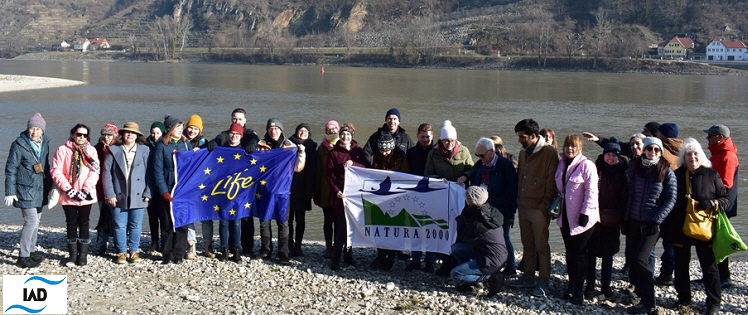
Danube River, 44.IAD Conf Krems (8.2.2023), Wachau, Austria photo credit: Віктор Вишневський (UA)
-
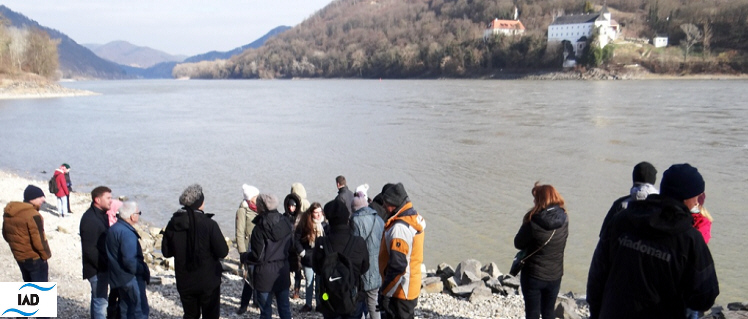
Danube River Excursion, 44.IAD Conf Krems (8.2.2023), Wachau (near Grimsing), Austria photo: K.Teu
-

Danube stretch in winter mood, Romania, 2010 photo credit: Harald Kutzenberger
-
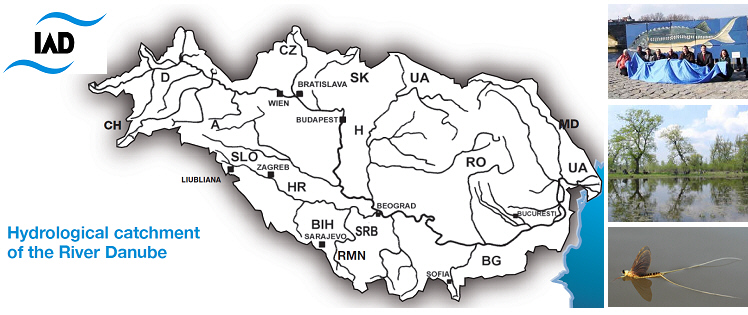
Map of the Danube River Basin and IAD-countries photo credit: several authors
-

Children's Book by Sandu, Vahtar and Miękisz (2020), English Book & Translations credit: book illustrations
-

Children's Book by Sandu, Vahtar and Miękisz (2020), Multilingual Translations credit: book illustrations
-
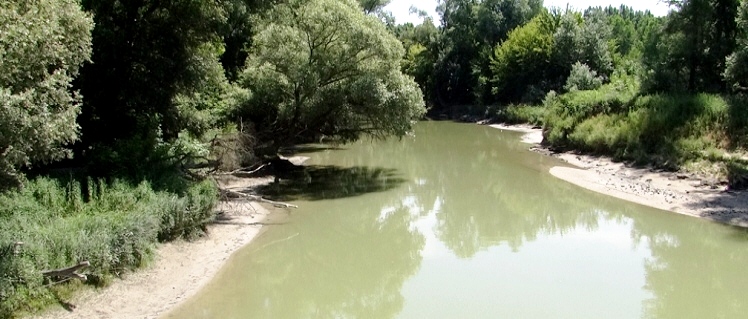
Veľkolélsky island, Danube floodplain, Slovakia, 2022 photo credit: Katrin Teubner
-
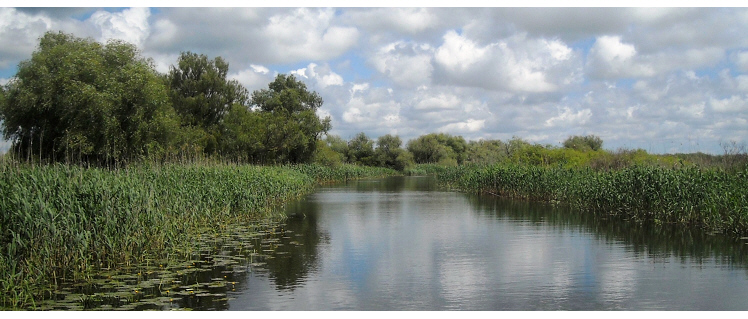
Danube channel, Romania photo credit: Cristina Sandu
-

Children's Book by Sandu, Vahtar and Miękisz (2020), Translation into Romanian credit: book illustrations
-
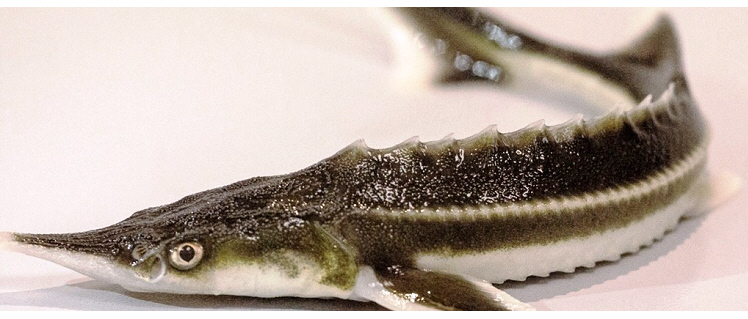
Sturgeon, Romania photo credit: Viorel Gavrila
-
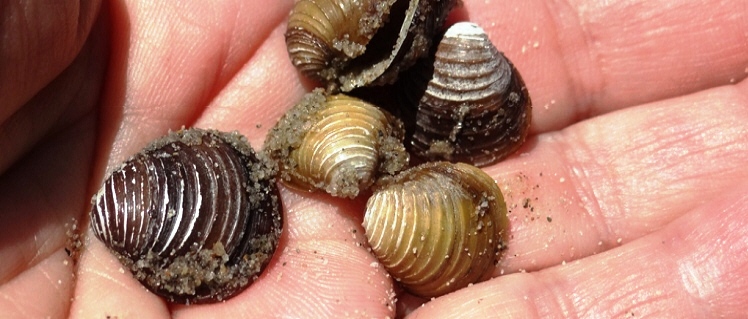
Veľkolélsky island, Corbicula sp., Slovakia. 2022 photo credit: Katrin Teubner
-

Veľkolélsky island, Slovakia, 2022 photo credit: Katrin Teubner
-
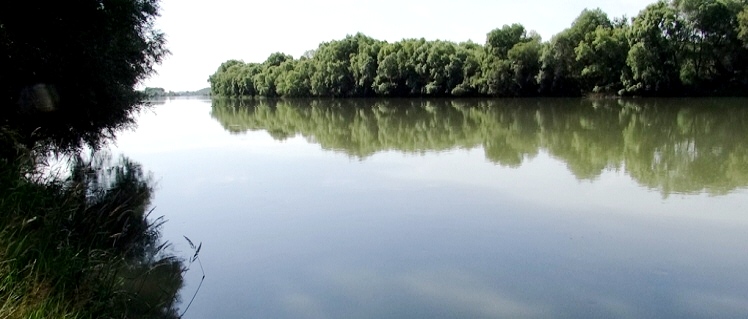
Danube sidearm near Gabčíkovo dam, Slovakia, 2022 photo credit: Katrin Teubner
-

Children's Book by Sandu, Vahtar and Miękisz (2020), English credit: book illustrations
-
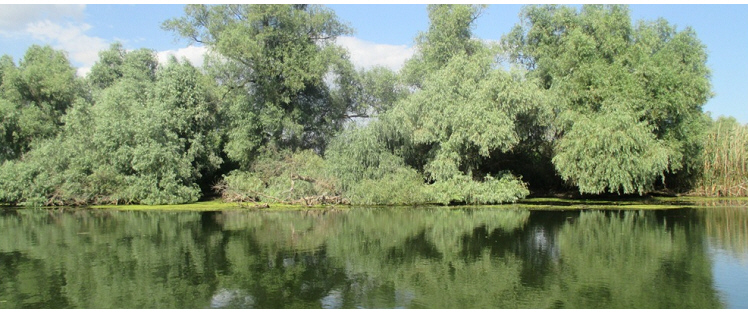
Channel Danube Delta, Romania photo credit: Cristina Sandu
-

Children's Book by Sandu, Vahtar and Miękisz (2020), Colouring Books credit: book illustrations
-
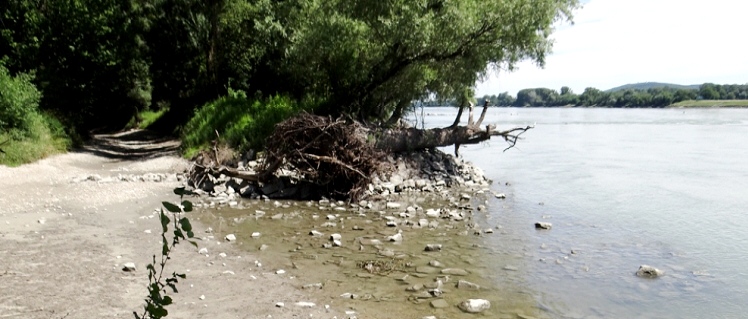
Daube river at Bratislava, Slovakia, 2022photo credit: Katrin Teubner
-
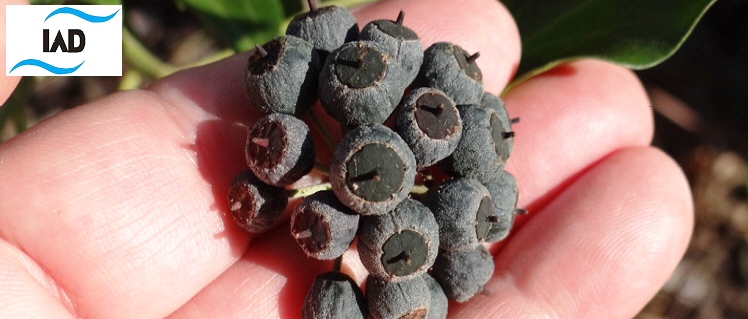
Danube River floodplain forest, Hedera helix, Austria, 2023photo credit: Katrin Teubner
-

Children's Book by Sandu, Vahtar and Miękisz (2020), Translation into Serbian credit: book illustrations
-
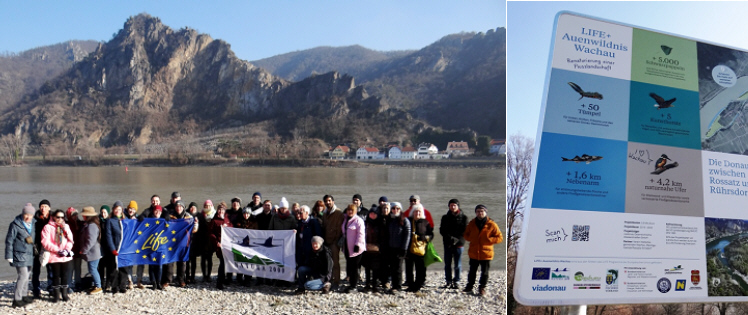
Danube River Excursion, 44.IAD Conf Krems (8.2.2023), Wachau (Rossitz-Rührdorf), Austria photo: K.Teu
-
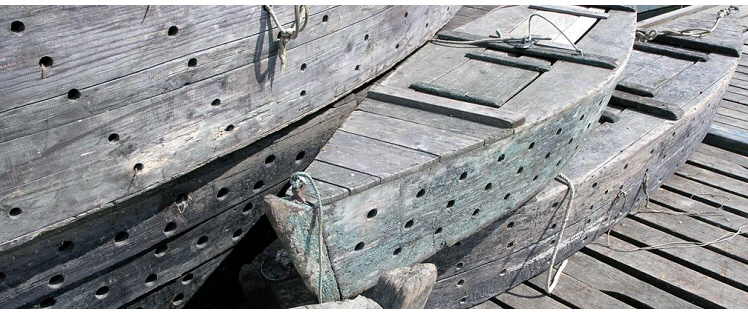
Fish catch boats in Gemenc, Hungary, 2007 photo credit: Katrin Teubner
-
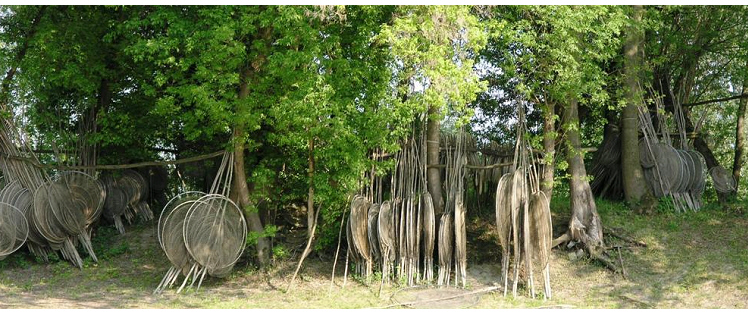
Gemenc fishery, Hungary, 2007 photo credit: Katrin Teubner
-

Children's Book by Sandu, Vahtar and Miękisz (2020), Translation into Hungarian credit: book illustrations
-
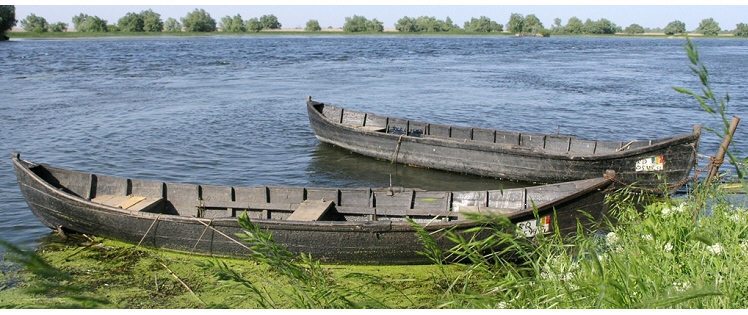
Fisherboats at village Mila, Romania, 2005 photo credit: Katrin Teubner
-
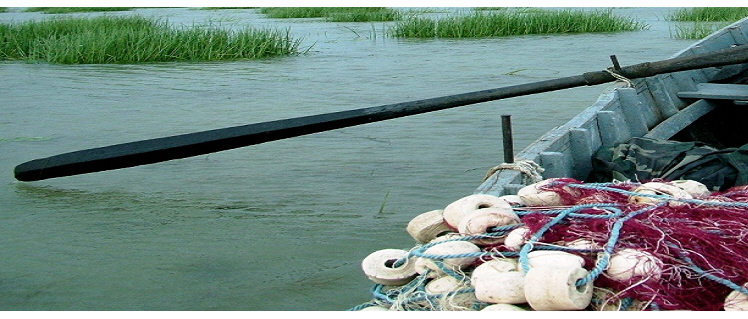
Fisherboat, Romania, 2005 photo credit: Nicolae S.P.
-
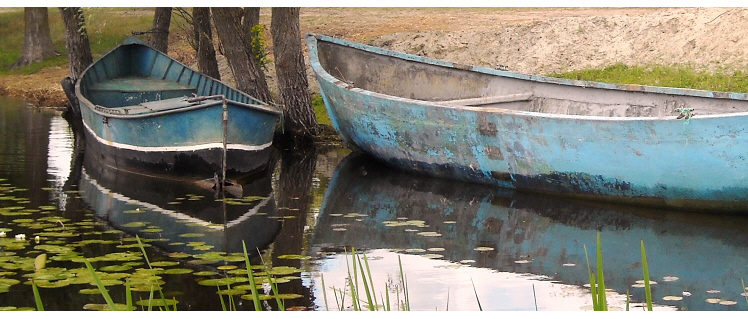
Fishermen boat, Romania photo credit: Cristina Sandu
-
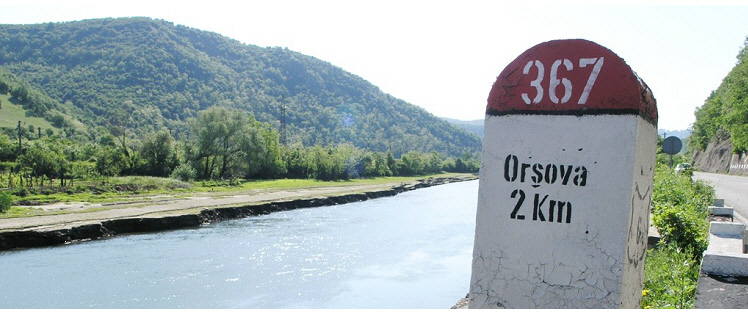
Danube stretch in Orsova, Romania, 2005 photo credit: Katrin Teubner
-

Hydromorphological assessment for Danube tributaries: Drava and Mura photo credit: Ulrich Schwarz
-

Children's Book by Sandu, Vahtar and Miękisz (2020), Translation into Croatian credit: book illustrations
-
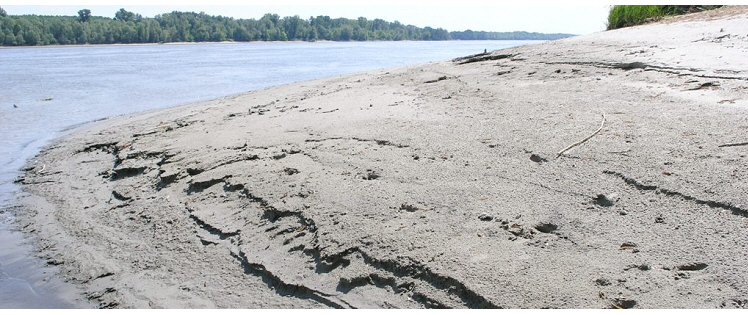
Danube stretch in Gemenc, Hungary, 2007 photo credit: Katrin Teubner
-
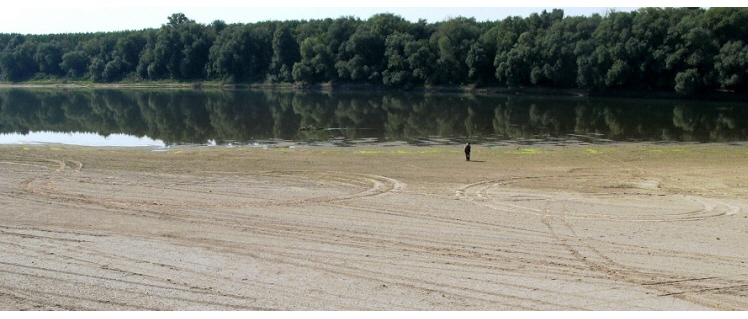
Danube side channel, Romania, 2005 photo credit: Nicolae S.P.
-

Children's Book by Sandu, Vahtar and Miękisz (2020), Translation into German credit: book illustrations
-
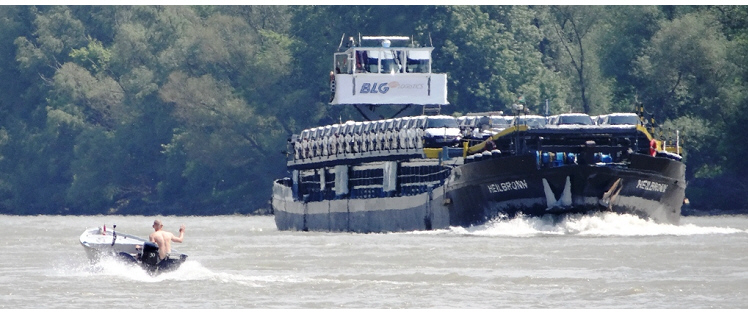
Danube Schönau, Austria, 2013 photo credit: Katrin Teubner
-
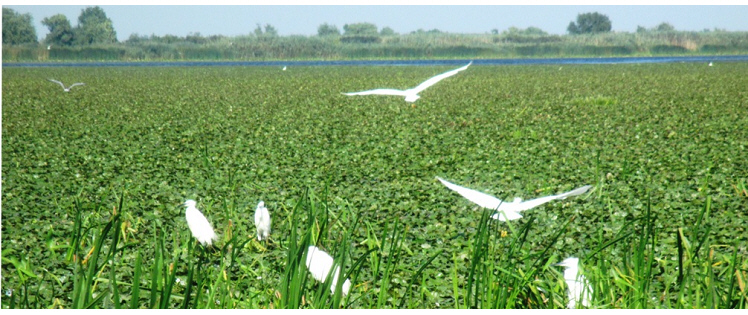
Egrets at Channel Danube Delta, Romania, 2016 photo credit: Cristina Sandu
-
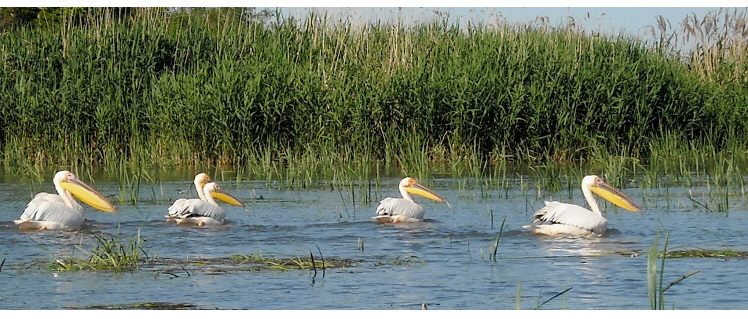
Danube Delta, pelicans, Romania photo credit: Cristina Sandu
-
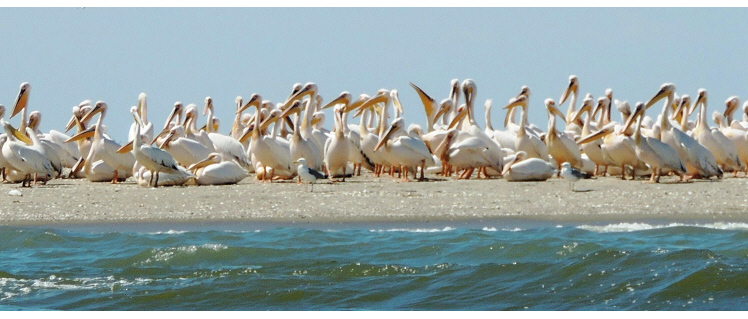
Danube Delta, pelican colony, Romania photo credit: Cristina Sandu
-

Veľkolélsky island, Slovakia, 2022photo credit: Katrin Teubner
-
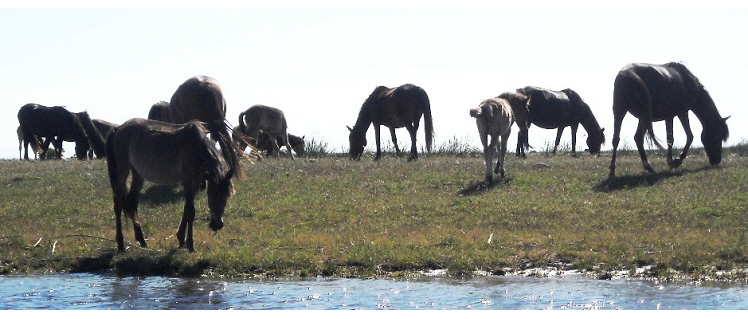
Horses in the Danube Delta, Romania photo credit: Cristina Sandu
-
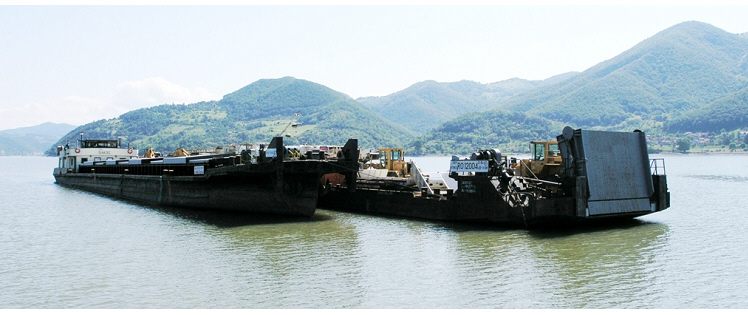
Danube, Romania, 2005 photo credit: Katrin Teubner
-
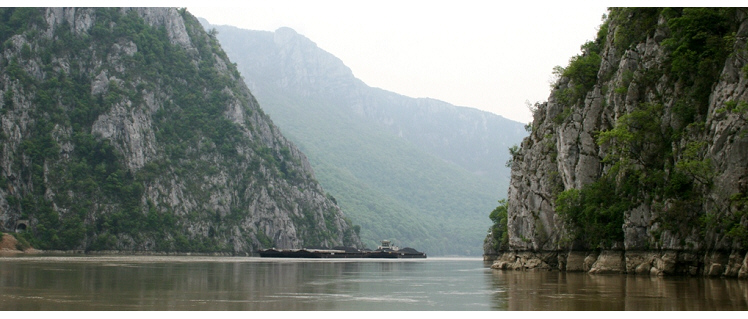
Danube, Romania photo credit: Nicolae Găldean
-
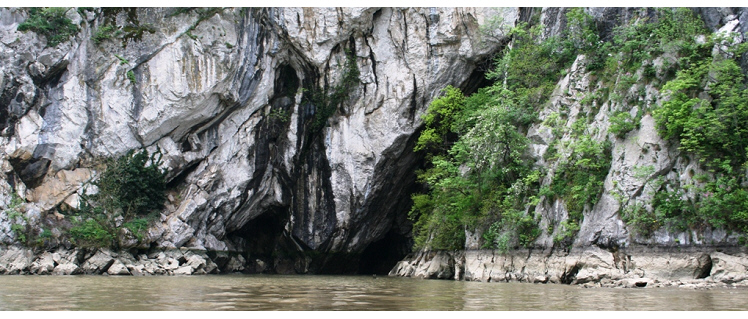
Danube, Romania photo credit: Nicolae Găldean
-
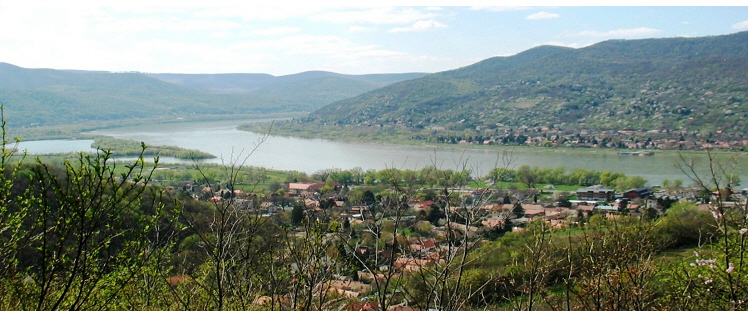
Danube at Visegrád, Hungary, 2019 photo credit: Mária Dinka
-
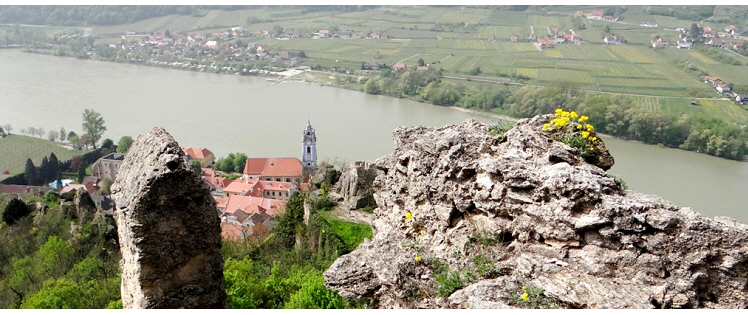
Danube stretch at town Dürnstein, Austria, 2013 photo credit: Katrin Teubner
-
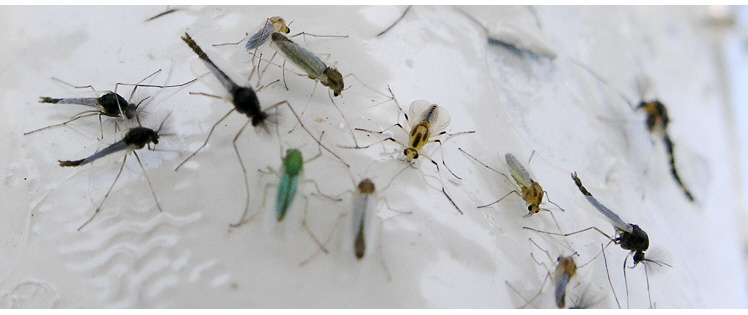
Danube Delta, Chironomidae at Lake Puiu, Romania, 2005 photo credit: Katrin Teubner
-

Children's Book by Sandu, Vahtar and Miękisz (2020), Translation into Bulgarian credit: book illustrations
-
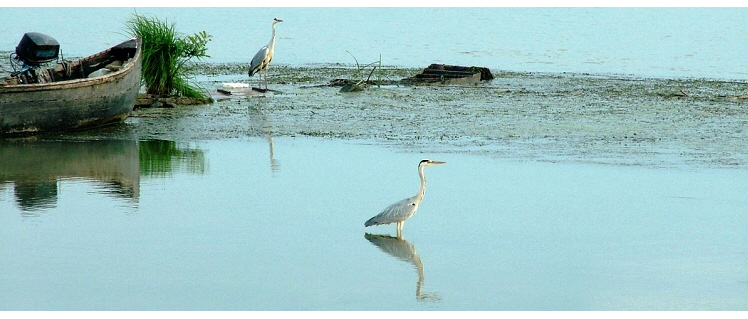
Danube Delta, Grey Herons, Romania, 2005 photo credit: Nicolae S.P.
-
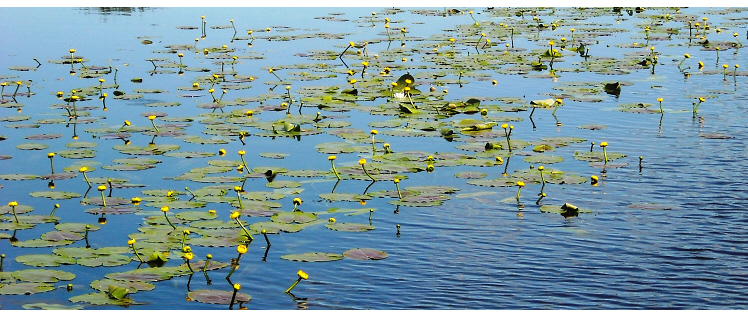
Danube Delta, Yellow Water Lily, Romania photo credit: Cristina Sandu
-

Danube Delta, stork nest, Romania photo credit: Cristina Sandu
-
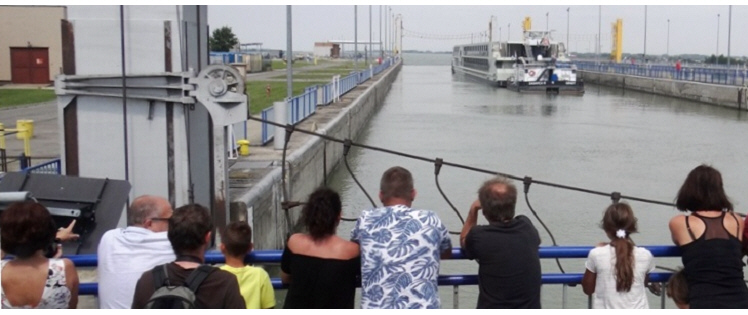
Hydroelectric power plant Gabčíkovo, Slovakia, 2018 photo credit: Katrin Teubner
-
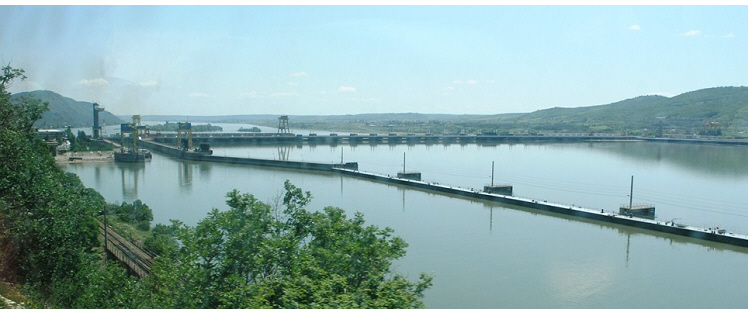
Iron Gates hydroelectric power plant, Romania, 2005 photo credit: Katrin Teubner
-
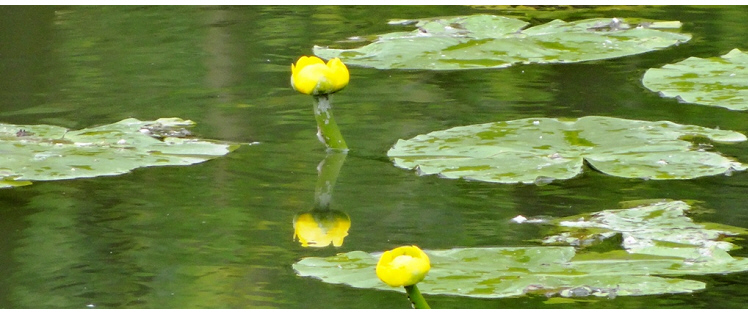
Macrophytes in the Danube Delta, Yellow Water Lily, Romania, 2005 photo credit: Katrin Teubner
-

Channel Danube Delta, White Water Lily, Nymphaea alba, Romania, 2005 photo credit: Nicolae Ş.P.
-
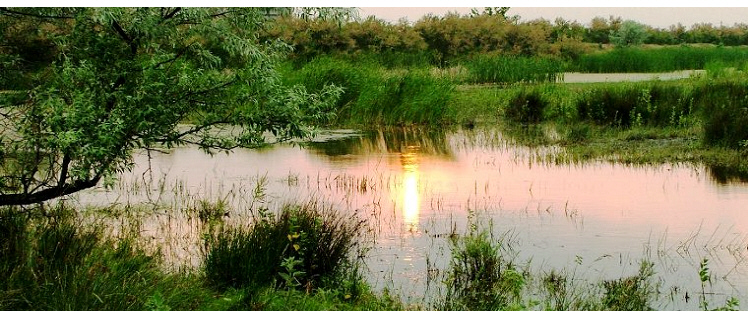
Floodplain Danube Delta, 2005 photo credit: Nicolae Ş.P.
-

Danube Delta, White Water Lily, Nymphaea alba, Romania photo credit: Cristina Sandu
-

Children's Book by Sandu, Vahtar and Miękisz (2020), Translation into Ukrainian credit: book illustrations
-
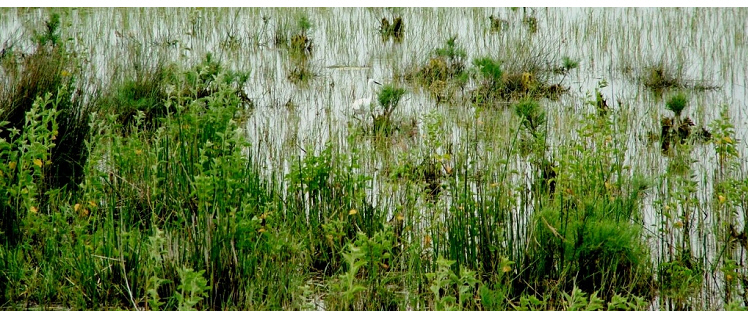
Floodplain Danube Delta, egrets, 2005 photo credit: Nicolae Ş.P.
-
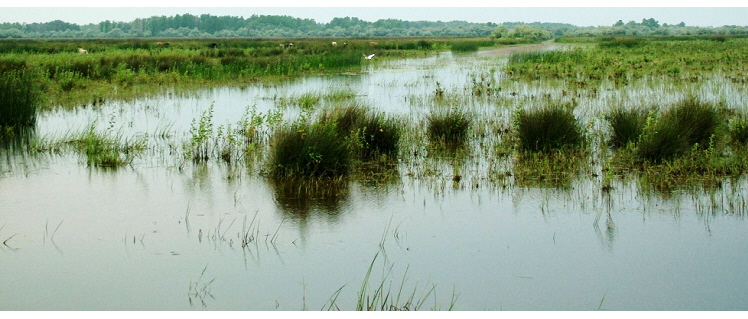
Floodplain Danube Delta, egrets, 2005 photo credit: Nicolae Ş.P.
-
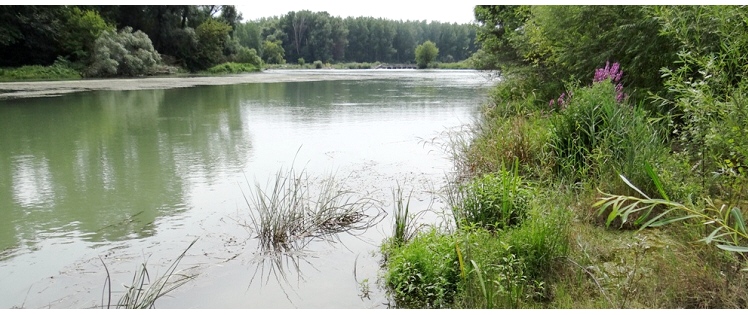
Floodplain near Gabčíkovo, Slovakia, 2018 photo credit: Katrin Teubner
-
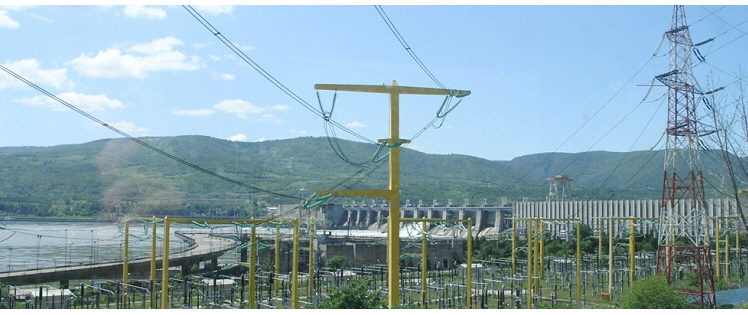
Iron Gates hydroelectric power plant, Romania, 2005 photo credit: Katrin Teubner
-
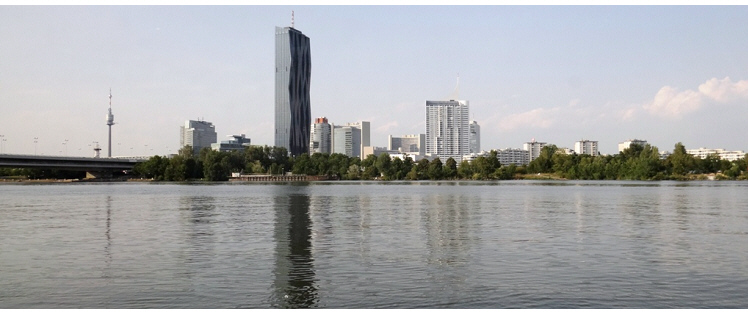
Alte Donau, Vienna, Austria, 2018 photo credit: Katrin Teubner
-
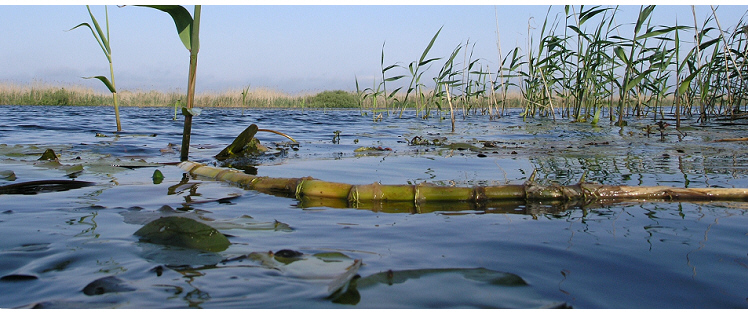
Phragmites australis in the Danube Delta, Romania, 2005 photo credit: Katrin Teubner
-
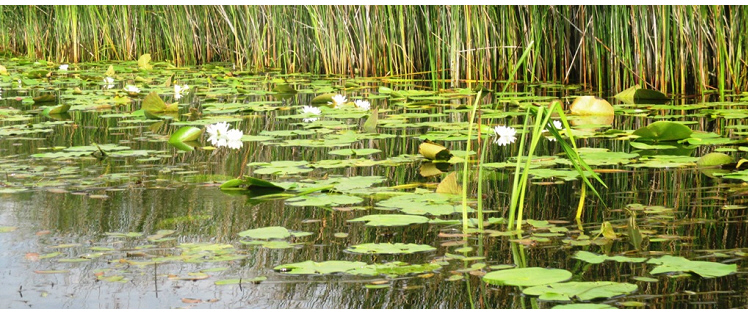
Channel Danube Delta, Romania, 2016 photo credit: Cristina Sandu
-
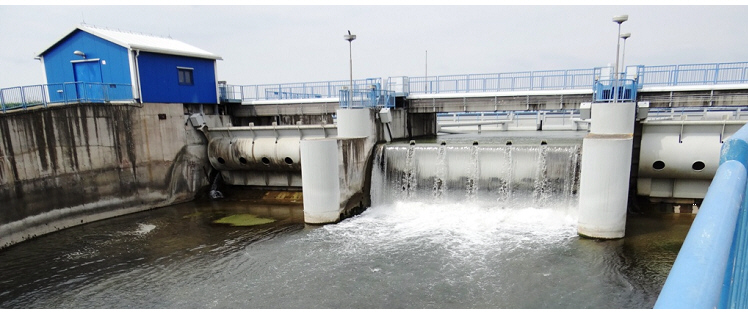
Floodplain at Gabčíkovo, Slovakia, 2018 photo credit: Katrin Teubner
-
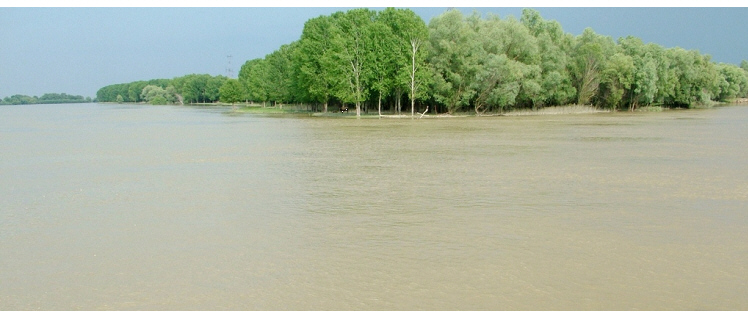
Danube, Romania, 2005 photo credit: Nicolae S.P.
-
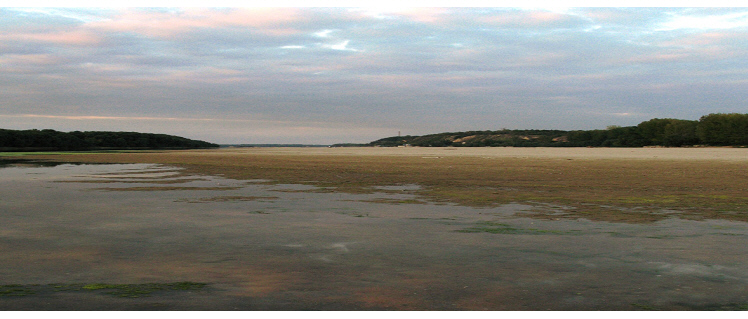
Danube, during low water level, Romania, 2005 photo credit: Nicolae S.P.
-
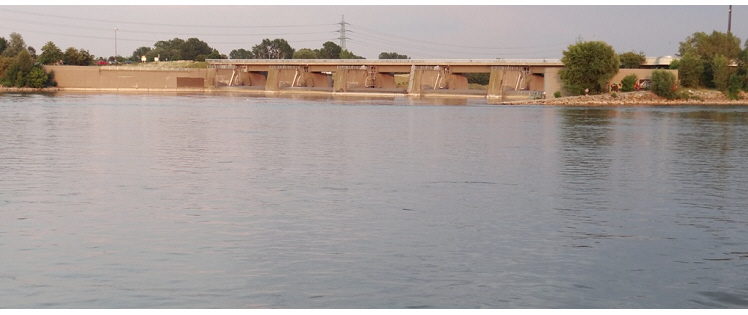
Hydroelectric power plant Grafenwoerth, Vienna, Austria, 2018 photo credit: Katrin Teubner
-
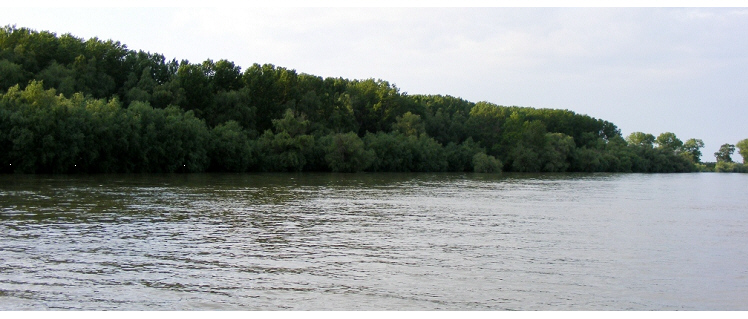
Danube, Romania photo credit: Nicolae Găldean
-
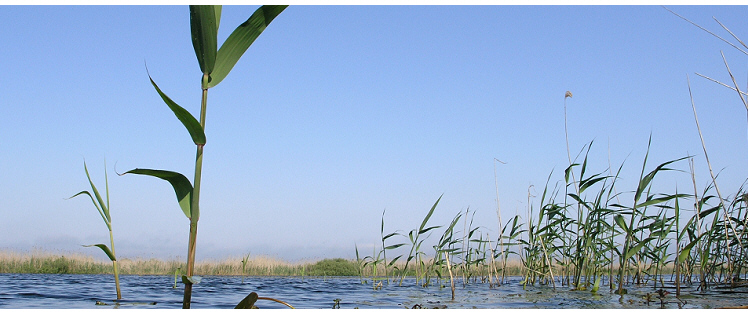
Phragmites australis in the Danube Delta, Romania, 2005 photo credit: Katrin Teubner
-
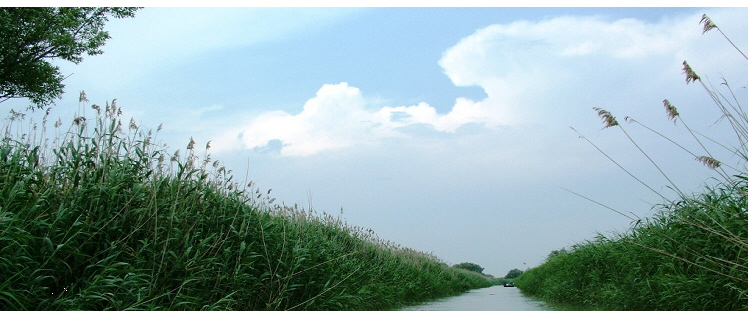
Channel Danube Delta, Romania, 2005 photo credit: Nicolae S.P.
Microbiology/Hygienics
Co-ordinator / Fachgruppenleiter: Assoc. Prof. Dr. Alexander KISCHNER
Deputies / Stellvertreter: Dr. Georg Kasimir; Dr. Andreas FARNLEITNER
At present members from 8 Danubian countries join the expert group "Microbiology and Hygiene" (EG-MH). All scientists and experts working in this field are kindly invited to join our group.
Introduction
Microbial communities represent a fundamental part in aquatic ecosystems and are of great importance for the flux of matter and energy. Heterotrophic bacteria in particular play a decisive role in the metabolisation process of organic matter in river ecosystems which may be derived from allochthonous (primary production) as well as from autochthonous sources (e.g. surface run-off). Their contribution to self-purification, to saprobic processes as well as to the ecological integrity of rivers is of great interest within the scope of water quality assessment. Thus future effort should be taken in order to better understand interactions within microbial communities, such as algae, bacteria, protozoa and viruses, and their vital impacts to higher trophic levels as well as to the abiotic environment. In addition, besides studying microbial communities which are considered crucial for the considered aquatic ecosystems, some particular microbes can be used as excellent bio-indicators for specific pollution events. For example, microbial fecal indicators - as outlined below - have been used successfully for more than one century.
Bacterial indicators like total coliforms, fecal coliforms (thermotolerant coliforms), E. coli, fecal streptococci (enterococci) and heterotrophic plate count (HPC) are widely applied for the assessment of the degree of the pollution of river systems from external sources. They indicate anthropogenic impacts such as fecal pollution or the availability of easily degradable organic material. For examples, E. coli and fecal coliform bacteria are currently one of the best indicators for the assessment of fecal pollution (ISO 9308-1, 1990). Fecal indicators are specifically excreted by humans and warm-blooded animals and survive relative long times in the aquatic environment River systems mainly receive these indicators from raw and treated sewage and by diffuse impacts from farm and pasture land (agriculture). The occurrence of fecal indicators indicate also the potential precence of pathogenic organisms (fecal associated pathogenic bacteria, viruses and parasites). Fecal indicators may also be considered as highly sensitive indicators for the status of anthropogenic influence in aquatic systems. The concentrations of HPC correspond to pollution by organic matter.
For monitoring of river water quality intended for the abstraction of drinking water, irrigation and bathing the examination of microbiological standard parameters (e.g. fecal indicator bacteria) is obligatory (EU-Surface & Drinking Water Directive 75/440/EEC, WHO - Guidelines for the safe use of wastewater and excreta in agriculture and aquaculture, 1989; OEAWV-Irrigation Water Recommendations 1992; EU-Bathing Water Directive 76/160/EEC). Thus detailed knowledge on microbial pollution parameters in aquatic environments is crucial for watershed management activities in order to maintain safe waters for recreational and economic purpose. It is well-known, that - although biological and chemical water quality is acceptable - microbiological parameters might be detected in critical concentrations. Survival times and strategies can vary considerably between indicators and pathogens. Viable but non culturable states are occuring under special conditions. Therefore several research projects are actually developing direct detection methods for pathogens and indicators as well as for the assessment of their activity and/or pathogenicity. The development of new enzymatic or DNA/RNA based methods is making great strides and promising fast and reliable early warning and real time monitoring systems are to be expected soon (see EC-projects mentioned below).
Objectives and goals
- Promoting and co-ordinating activities in the fields of microbial ecology as well as health related water microbiology and hygiene
- Transfer of information, knowledge and experience
- Implementation of harmonised examination techniques for microbiological investigations and monitoring (e.g. according to CEN, EU-Directives)
- Development of approaches and classification systems based on pollution microbiology as well as on ecological parameters
- Research on the Danube River and its tributaries (basic data for decision makers, contributions for solving actual problems in water management and for sanitation programs)
- Updated information on the status quo about health related microbiological water quality (microbiological water quality maps)
- Contribution to the realisation and application of the Danube Convention
- Publication of relevant research results in peer reviewed scientific journals (e.g. in "Large Rivers")
Working program
- Home-page: Constant actualisation
- Microbiological water quality map of the Danube river: in preparation (standard parameters e.g. fecal coliforms)
- Publication "Microbiolgy of the Danube river"
- Actually members of the EG-MH try to summarise microbiological data from two joint Danube surveys (IAD, 1988 and ICPDR, JDS 2001) including other existing data sets in order to synthesize a bacteriological quality map of the River Danube and to publish a summarising paper.
- Development of classification systems
- Conception of a proposal
- Cooperation with ICPDR: JDS-programs
EC-Projects
SaveBlueDanube
Monitoring of coliforms and E. coli - Development of a new on-line sensor for continuous monitoring of coliforms in river monitoring applications
Workpackage of submitted EC project
Amara Gunatilaka (Verbundplan GmbH ), Andreas Farnleitner & Robert L. Mach (Technische Universität Wien), Systea Srl (Italy)
The most efficient procedure for effective early warning in risk assessment is to use real-time monitoring techniques (Gunatilaka & Dreher, 2003).
AQUA-chip
Development and validation of a DNA-chip technology for the assessment of the bacteriological quality of bathing and drinking water
This project, financed within the 5th framework programme ("Quality of Live and Management of Living Resources") aims at developing a DNA-chip for the detection of the most important waterborne pathogens and indicator bacteria. A variety of European drinking and bathing waters are sampled in order to validate the chip. A fourth part of the sampling sites are belonging to the Danube catchment area. Actually, the prototypes of the Aqua-Chip are beeing tested in order to validate it. More Information: www.gbf.de/aqua-chip
SaveBlueDanube
Monitoring of coliforms and E. coli - Development of a new on-line sensor for continuous monitoring of coliforms in river monitoring applications
The most efficient procedure for effective early warning in risk assessment is to use real-time monitoring techniques (Gunatilaka & Dreher, 2003).
The main objective of development of a new sensor is: (1) real-time determination of coliform (CF) and E.coli in river water for routine monitoring and risk assessment tasks (incorporating it in a mobile platform) (2) reduction of total analytical time (sampling to results) to 30 min. (3) employment of the instrumentation in the Danube - AEWS (Accident Early Warning Systems) (4) extension of the real-time measurements to drinking water and groundwater analysis (bank-filtrates is used as a major source of drinking water in many Danube countries). The advantages offered by this methodology has encouraged us to develop a real-time analytical instrument for CF and E. coli determination in water samples, the success of it would find universal applications, will be exploited during the next phase of the project. The most innovative developments are (1) the short analytical time (bringing down to 30 min. from the usual two days duration) hence the quick detection , (2) real-time application for coliforms, (3) can be also used in laboratory routine analysis (water works, public health labs, water analysis laboratories etc.)
Description of work
Cultivation based detection of microbial indicators is the classical standard in pollution microbiology. The present methods used for the determination of CF and E. coli are time consuming and the total duration of sampling to results varies from 30 - 50 hours. In order to avoid cultivation, efforts were made to generate alternatives which directly detect microbial fecal indicators or related activities. In terms of sensitivity, rapidity and cost, direct determination of specific enzymatic activities in rivers were demonstrated to be excellent candidates for exploitation by real time instrumentation. For this purpose, the application of direct enzymatic detection of CF and E. coli by b-D-galactosidase (GAL) or b-D-glucuronidase (GLU) activity has been demonstrated by various authors (Fiksdal, et al., 1994; George et al 2000; Farnleitner et al., 2001, 2002). The principle is based on the hydrolysis of artificial fluorogenic substrates which are specifically split by the respective enzyme under investigation. By applying these substrates, detection of CF and E. coli can be achieved within 25 to 30 minutes simply by measuring the increase in fluorescence intensity. For rivers and other surface waters it has been demonstrated that there is a significant correlation between log coliforms and log E.coli and the respective enzymatic activity and sensitivity for these habitats is adequate (George et al 2000, Farnleitner, 2001). The 18 month the project is focused on the development and validation of the CF online sensor, the respective E. coli sensor will be implemented in the following modules.
References
- Farnleitner, A.H., Hocke, L., Beiwl, C., Kavka, G.G., Zechmeister, T., Kirschner, A.K.T., and Mach, L.R. (2001) Rapid enzymatic detection of Escherichia coli contamination in polluted river water. Letters in Applied Microbiology 33:246-250.
- Farnleitner, A.H., Hocke, L., Beiwl, C., Kavka, G.G., and Mach, R.L. (2002): Hydrolysis of 4-methylumbelliferyl-b-D-glucuronide in differing sample fractions of river waters and its implication for the detection of fecal pollution. Water Research 36:975-981.
- Fiksdal L., Pommepuy M., Caprais M. P. and Midttun I. (1994) Monitoring of fecal pollution in coastal waters by use of rapid enzymatic techniques. Applied and Environmental Microbiology 60 (5), 1581-1584. George I., Petit M. and Servais P. (2000) Use of enzymatic methods for rapid enumeration of coliforms in freshwaters. Journal of Applied Microbiology 88: 404-413.
- Gunatilaka, A. and Dreher, J. (2003). Use of real-time data in environmental monitoring: current practices, Water Science & Technology 47:53-61.
Recent and relevant Publications
- Kasimir, G.D. (1988): Bacterial density, bacterial biomass and production in the river Danube along a longitudinal profile (in German). Ergebnisse der Int. Donauexpedition 1988. Internationale ARGE Donauforschung der SIL, Eigenverl., 263-73.
- Kavka, G., Berger, B., Hoch, B M., Herndl, G. (1996):Assessment of microbiological water quality in the Austrian section of the River Danube. First Int. Symp. " The Ecology of Large Rivers", Krems, 18.-22.4.1995. Arch. Hydrobiol.Suppl. 113, Large Rivers 10, 79-86.
- Hoch, B., Berger, B., Kavka, G., Herndl, G.J. (1996): Influence of waste water treatment on the ecology of a large temperate river system - The Danube River. Hydrobiologia 321, 205-218.
- Berger, B., Hoch, B., Kavka, G., Herndl, G.J. (1996): Bacterial colonization of suspended solids in the River Danube. Aquat. Microb. Ecol., Vol.10, 37-44.
- Farnleitner, A.H., Kasimir, D.G. (1996): Bacterial activities in newly deposited sediments of the River Danube in Lower Austria. Arch. Hydrobiol. Suppl. Large Rivers 113:397-403.
- Kavka, G. et al. (1998) : Wassergüte der Donau 1997. Schriftenreihe des Bundesamtes für Wasserwirtschaft, Bd. 6 (english summary).
- Farnleitner, A.H., Kreuzinger, N., Kavka, G.G., Grillenberger, S., Rath, J, and Mach, R.L. (2000): Simultaneous detection and differentiation of Escherichia coli populations from environmental freshwaters by means of sequence variations in a fragment of the ß-D-glucuronidase gene. Appl. Environ. Microbiol. 66:1340-1346.
- Farnleitner, A.H., Hocke, L., Beiwl, C., Kavka, G.G., Zechmeister, T., Kirschner, A.K.T., and Mach, L.R. (2001) Rapid enzymatic detection of Escherichia coli contamination in polluted river water. Lett. Appl. Microbiol. 33:246-250
- Farnleitner A.H., Kirschner, A.K.T., Zechmeister, G. Kavka, T.C., Mach, R.L. (2001) Untersuchungstechniken in der mikrobiologischen Analyse von Wasser und Gewässern: Staus Quo und Perspektiven; pp. 125-154. Austrian Association of Water and Waste Management. ÖWAV Schriftenreihe Heft 150; ISBN 3-902084-11-1
- Kavka, G. et al. (2002) : Wassergüte der Donau 2001. Schriftenreihe des Bundesamtes für Wasserwirtschaft. Bd. 17 (English summary).
- Farnleitner, A.H., Hocke, L., Beiwl, C., Kavka, G.G., and Mach, R.L. (2002): Hydrolysis of 4-methylumbelliferyl-b-D-glucuronide in differing sample fractions of river waters and its implication for the detection of fecal pollution. Water Research 36:975-981.
- Kavka, G. & E. Poetsch (2002): Joint Danube Survey: Microbiology.Technical Report of the Int. Commission for the Protection of the Danube River, 138-155
